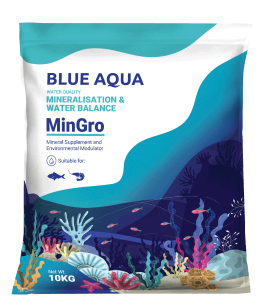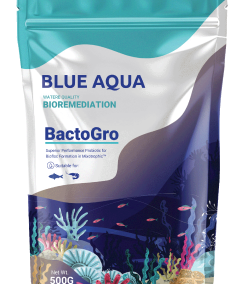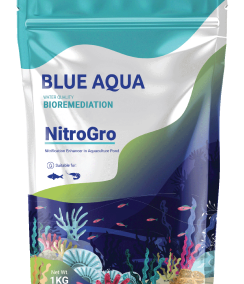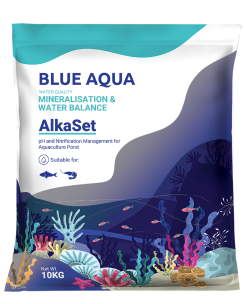Patented
System

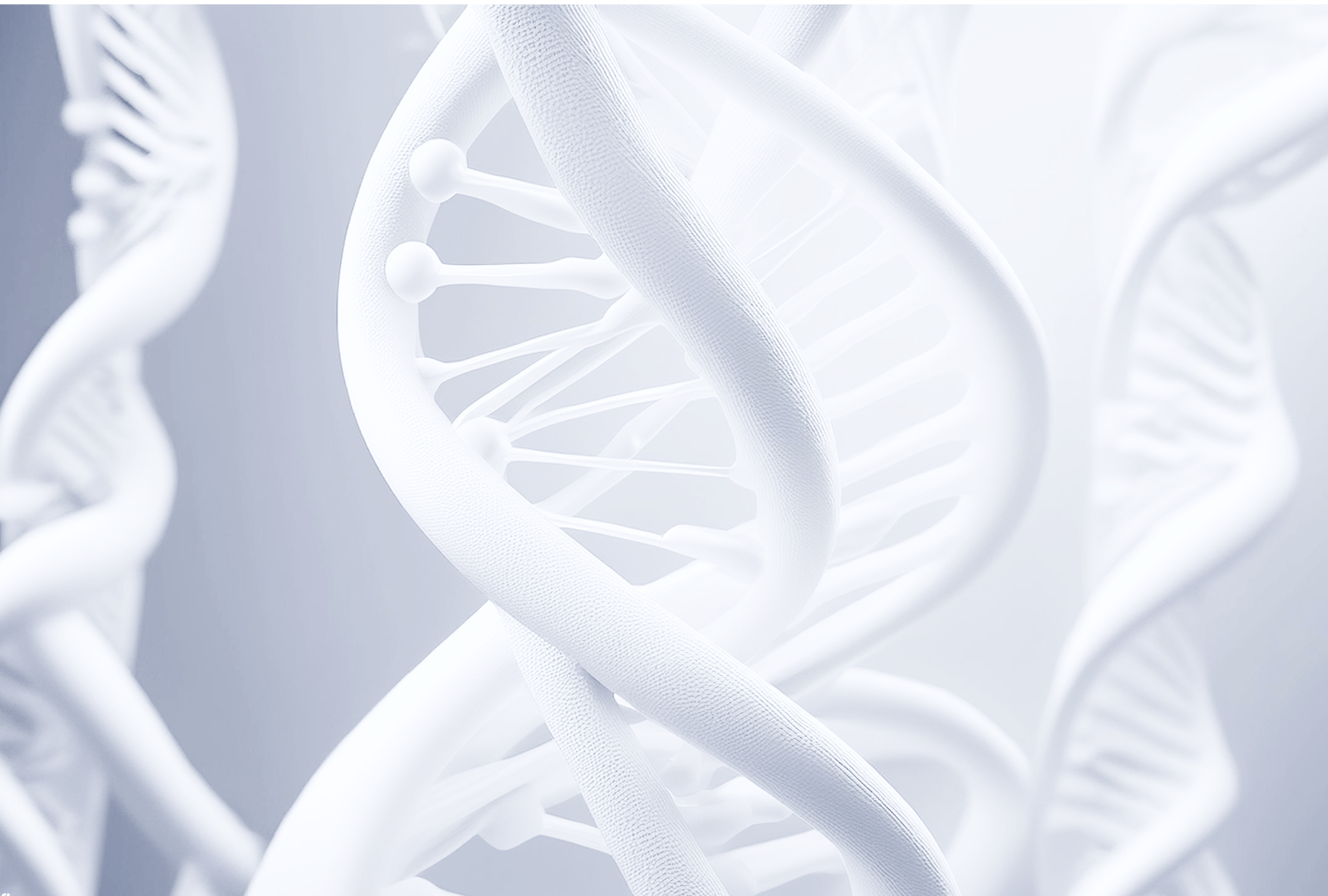
Mixotrophic™ System
The system is a patented method designed to address the challenges of intensive culture and support super-intensive culture systems.
This System Manipulates
Three Key Phases
- pH
- Carbon-to-nitrogen (C:N) ratio
- Nitrogen-to-phosphorus (N:P) ratio
- Oxidation-reduction potential (ORP)
The Mixotrophic™ protocol optimises environmental factors such as:
This targeted approach allows for a higher carrying capacity, meaning the environment can support a greater biomass of shrimp.
The Mixotrophic™ System consists ofThree Stages
Phytoplanktonic
Phase
At the end of the cycle, bacteria dominate the system, requiring high microbial activity to manage the increased animal biomass and waste.
Phytoplanktonic-Probiotic
Phase
Phytoplankton provides an abundant natural food supply and a stable environment for shrimp, making it the ideal stage for stocking young animals.
Probiotic
Phase
An increased bacteria population helps degrade organic matter and reduce phytoplankton biomass. As the animals grow, the demand for phytoplankton decreases.
Evidence of success
The Mixotrophic™ System has been implemented in Blue Aqua Shrimp Farm in Singapore and increases productivity in Litopenaeus vannamei to 8-10kg per m2.
Multi-Species, Super-Intensive, Zero-Waste, Green RAS
The invention pertains to a super-intensive aquaculture method designed for the growth and harvesting of multiple farmed organisms.
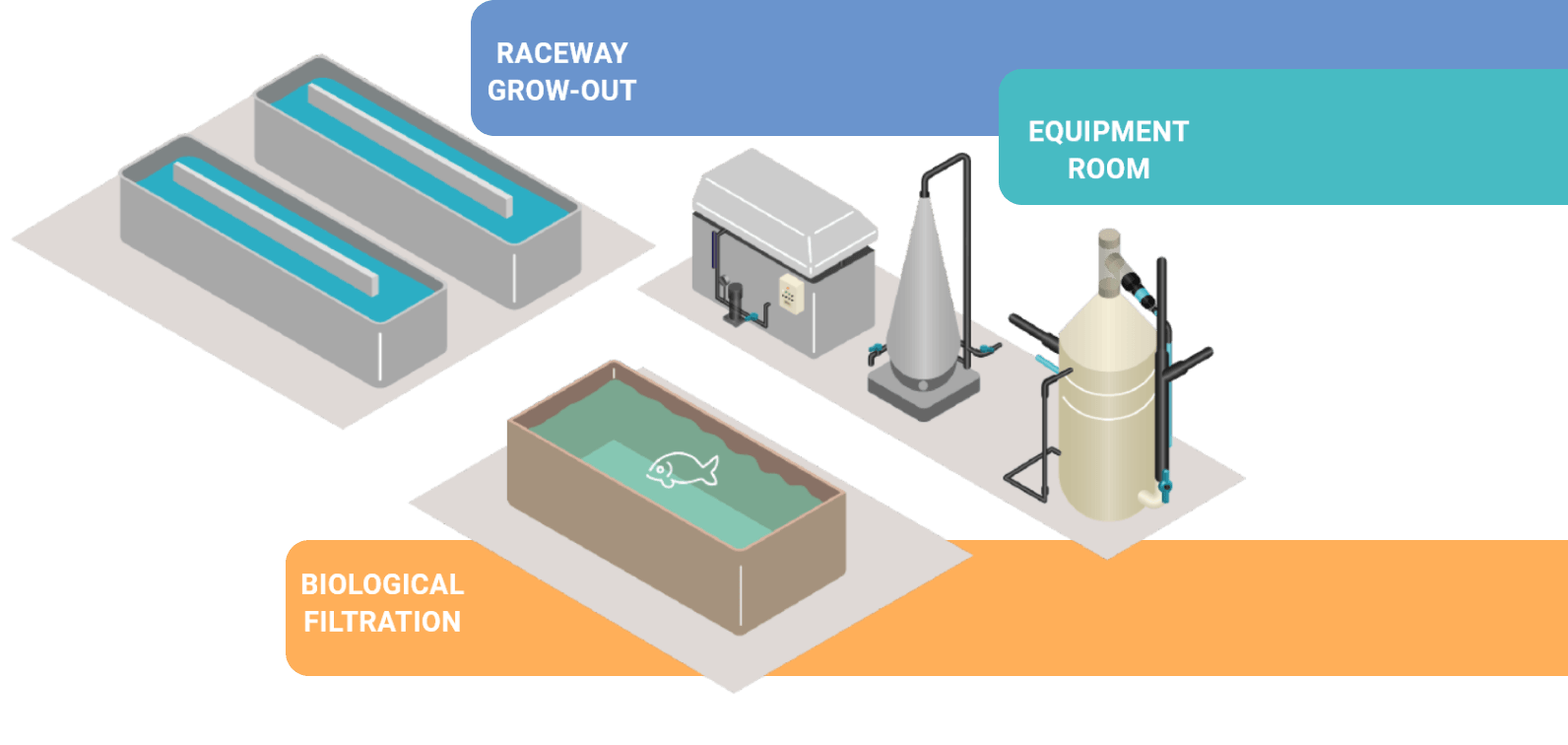
The Mixotrophic™ System has been implemented in Blue Aqua Shrimp Farm in Singapore and increases productivity in Litopenaeus vannamei to 8-10kg per m2.
How Does It Work ?
This aquaculture method is simple and efficient: we feed the primary organism, and the secondary organisms thrive on the nutrient-rich waste it produces. This creates a sustainable and productive system with minimal additional feed required.
The water effluent from the primary organism is periodically replaced by water from additional farming vessels, which have filtered and utilised the nutrients. This process reduces waste and lowers costs compared to traditional RAS systems.
